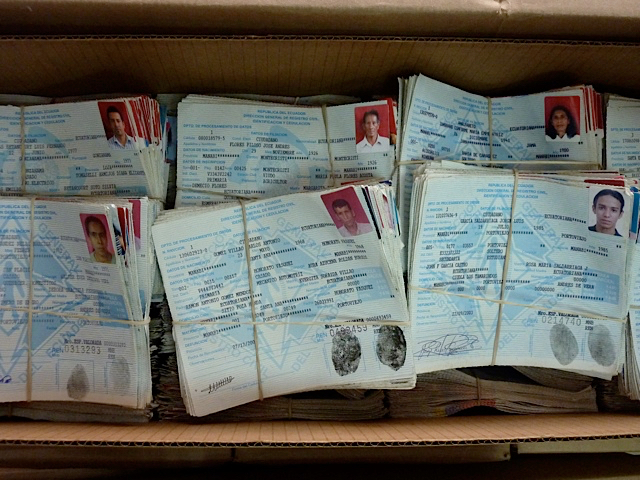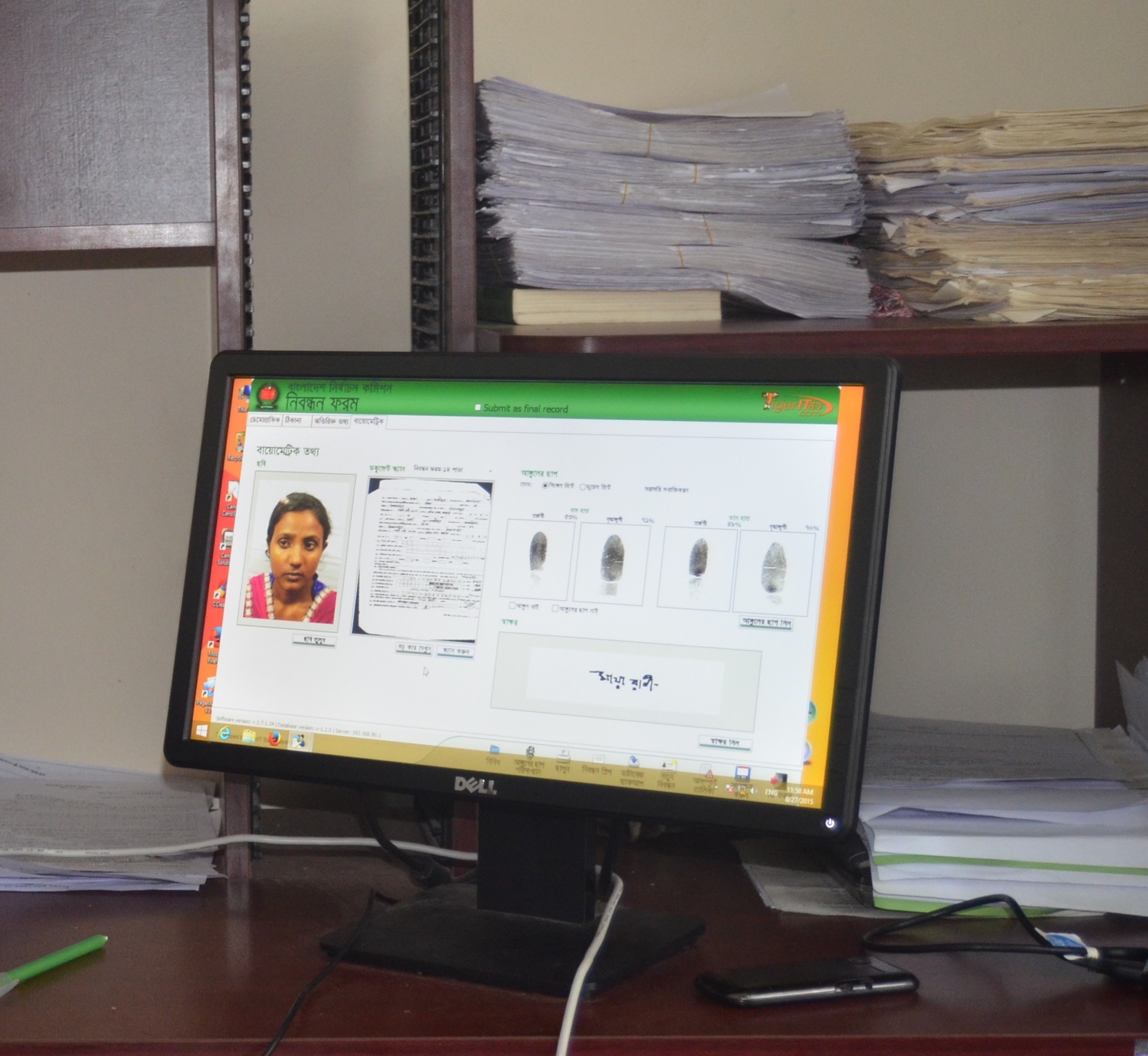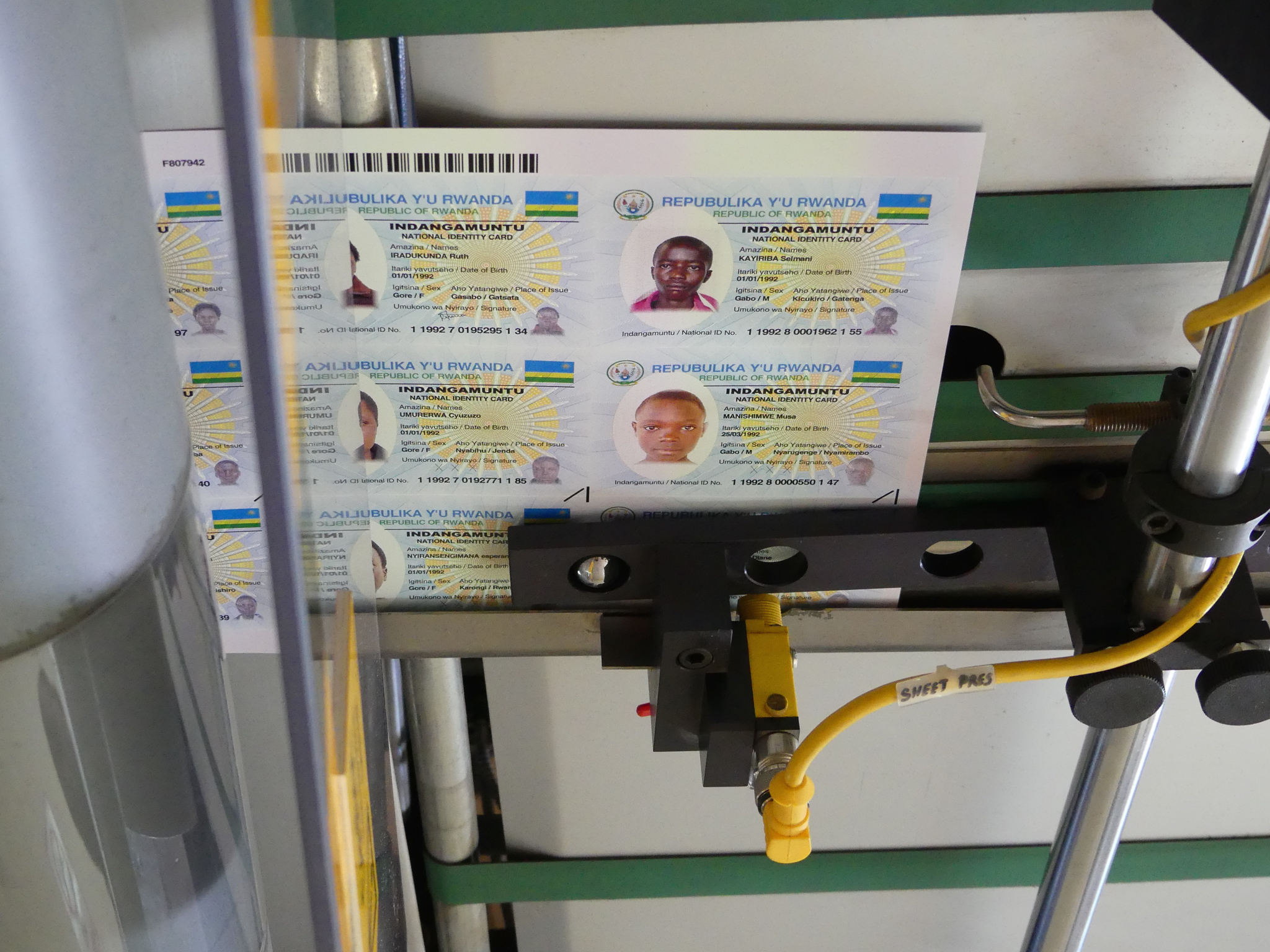We have reached a milestone with SDG 16, which aims to “promote peaceful and inclusive societies for sustainable development, provide access to justice for all and build effective, accountable and inclusive institutions at all levels”. Two years have passed since more than 150 world leaders adopted the new 2030 Agenda for Sustainable Development, including the 17 Sustainable Development Goals (SDGs). As part of the monitoring process, in 2019, a High-Level Political Forum will review SDG 16, along with goals 4, 8, 10 and 13.
SDG 16 is the governance goal among the SDGs, and as such underpins the other 16 goals. Achieving this SDG will require substantial reforms in the public sector, including upgrading legal frameworks, strengthening the rule of law, combating corruption, improving accountability and transparency, redesigning incentives, modernizing information and communication technologies and strengthening institutional and administrative structures to meet the needs of a 21st century governance system.

Photo Credit: Mia Harbitz
At first, SDG 16 may appear to be an overly ambitious goal because of its complexity. Numerous reports have pointed to the scarcity of reliable data that can be used to track progress on implementation. The timeliness with which data are published is another factor that hampers data analysis, not only within countries but also on a regional and global level. Add to this the lack of full agreement on certain indicators, and the window of opportunity for achieving the 2030 Agenda for Sustainable Development may already be closing.
Setting standards for achieving good governance has always presented challenges on implementation and definition. The World Bank’s 2017 World Development Report Governance and the Law is an important contribution to the discussion on “rethinking governance for development” that can also inform the way forward for SDG 16, particularly by framing the discussion on incentives for change to achieve SDG16.
The 2017 World Development Report defines governance as “the process through which state and non-state actors interact to design and implement policies within a given set of formal and informal rules that shape and are shaped by power”. It defines power as the “ability of groups and individuals to make others act in the interest of those groups and individuals and to bring about specific outcomes.” However, in many countries, numerous potential interest groups lack the opportunity and the resources to engage collectively.

Photo Credit: Mia Harbitz
A recent report by the UN Economic and Social Council for Asia and the Pacific (ESCAP) provides a bird’s eye view of the progress towards achieving the 17 goals in that region, and identifies as a major obstacle “the lack of reliable aggregate statistics, together with the absence of specific target values and standard methods for tracking progress”.
Under SDG 16, there are 12 targets and 23 indicators. For the 17 SDGs as a whole, there are a total of 169 targets and 244 indicators. However, nine of the indicators are used in different targets, leaving 232 discrete indicators. This number of indicators is overwhelming for countries with weak statistical agencies.
“What cannot be measured cannot be improved” is a statement commonly attributed to Isaac Newton. A closer examination of SDG 16 and the targets it aims to achieve reveal a composite goal with multiple dimensions, and with no collective yardstick for establishing a baseline and setting benchmarks to measure progress in a meaningful way.
It can be argued that one of the most important targets is 16.9, which aspires to, “(by 2030), provide legal identity for all, including birth registration.” The reason is that quantification of birth registration and legal identity is fundamental to measuring progress on at least 39, or approximately 10 percent, of all the indicators for the targets of all 17 SDGs. The only agreed indicator for this target is “proportion of children under 5 years of age whose births have been registered with a civil authority, by age.” However, because there is no internationally agreed definition of legal identity, there is no indicator to measure it.

Photo Credit: Mia Harbitz
Recently, the World Bank Group’s Identification for Development (ID4D) Initiative aggregated data across 198 economies and was able to estimate the number of individuals without proof of legal identity to be 1.1 billion. That amounts to one in about every seven individuals in the world, or approximately 15 percent of the world’s population.
The undocumented and unregistered are found mainly in Sub-Saharan Africa and South Asia, and in countries with weak governance structures. The 1.1 billion include poor and marginalized children, adolescents and adults, and measuring only birth registration is not going to solve the goal of ensuring legal identity for all.
Related Article: “INTEGRATING PEACE, JUSTICE AND STRONGER INSTITUTIONS“
Regardless of age, not having an identity credential such as a birth certificate issued by a civil registry or an identification card issued by the civil identification agency will signify exclusion and barriers to participation in civic activities for the individual. On the governance side, unregistered and undocumented populations will challenge accountability, transparency and impede informed decision-making due to lack of the vital and demographic statistics that registries provide.
So what does legal identity mean?
Legal identity responds to Articles 3 and 6 in the 1948 Universal Declaration of Human Rights: “Everyone has the right to life, liberty and security of person” and “Everyone has the right to recognition everywhere as a person before the law.” Legal identity does not necessarily equate to or imply citizenship, but it does give a person the opportunity to access certain rights and benefits that can ensure social and financial inclusion. Establishing a legal and unique identity for all through universal civil registration and civil identification will ensure a trusted and trustworthy system for identity management that will benefit individuals and governments alike and improve governance.

Photo Credit: Mia Harbitz
It is rather urgent that a meaningful, practical, and objective indicator be established to measure legal identity. The criteria for a good indicator to measure progress should be specific, observable, and measurable characteristics that can be used to show changes or progress toward a specific outcome or result. The indicator can be direct or it can measure by proxy means, but it must have the following traits and be:
- Valid: an accurate measure of a behavior, practice, task that is the expected output or outcome of the intervention
- Reliable: consistently measurable over time, in the same way by different observers
- Precise: operationally defined in clear terms
- Measurable: quantifiable using available tools and methods
- Timely: provide a measurement at time intervals relevant and appropriate in terms of program goals and activities
- Programmatically important: linked to the program or to achieving the program objectives
One of the definitions of legal identity that could offer a way forward is that legal identity is the “legal civil status obtained through civil registration at birth and civil identification of unique attributes such as a personal identification number and biometrics that recognizes the individual as a subject of law and protection of the state.”

Photo Credit: Mia Harbitz
Civil registration, the recording of a person’s biographical information for a vital event, does not matter much without the issuance of a birth certificate that shows identity. The same goes for civil identification, which is the addition of attributes (signature, photo, biometrics, a unique personal number) that will uniquely identify the bearer of the credential, or identification card. In countries with a solid governance framework and clear formal rules and oversight arrangements, it is not difficult to link civil registration with vital statistics, and civil registration with civil identification, to have quantifiable indicators to measure progress toward achieving SDG 16.9.
This cannot be reduced to a technological problem.
IT solutions are readily available once the governance structure, that is, the legal framework and institutional and administrative parameters, have been agreed upon. The main challenges are constraints within the public sector linked to constitutional separation of powers, organizational culture, budgeting procedures, and access and capacity of constituents and stakeholders to influence governance processes.
Engagement by multiple stakeholders—both state and non-state—is precisely what is needed to ensure implementation of all the SDGs, and SDG 16 in particular. Change management in policy settings requires both creative vision and fact-based tools to implement adjustments and upgrades toward accountable and competent institutions that will ensure legal identity for all, including birth registration by 2030.










